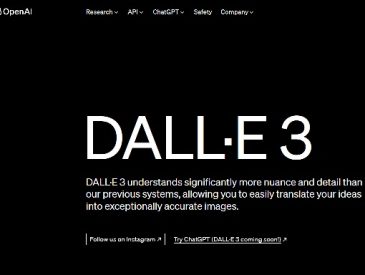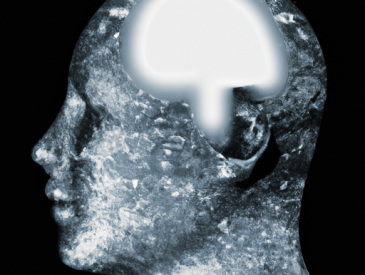Unlocking the Value of Satellite Imagery for Climate Science and Business Use Cases
IBM and NASA have announced the availability of the watsonx.ai geospatial foundation model on Hugging Face, adding to the variety of open source models on the platform. The model, developed by IBM and first disclosed in February, aims to leverage the vast volumes of satellite imagery to advance climate science and benefit life on Earth. It was trained on NASA’s Harmonized Landsat Sentinel-2 satellite data (HLS) and further fine-tuned using labeled data for specific use cases such as burn scar and flood mapping.
Faster Training, Improved Accuracy with Foundation Models
IBM’s watsonx.ai effort incorporates enterprise technologies and the geospatial foundation model is expected to pioneer innovations in both scientific and business applications. The model is pre-trained on a large dataset of unlabeled data, allowing for fine tuning with labeled data to create a customized model. IBM and NASA discovered that using the foundation model approach resulted in faster training and improved accuracy compared to models built entirely with labeled data. For instance, in the case of flood prediction, the foundation model improved prediction by 15% using only half the amount of labeled data compared to state-of-the-art models.
Revolutionizing AI Training with Foundation Models
Traditionally, training AI required large sets of labeled data, posing a challenge for enterprise users. However, foundation models like the geospatial foundation model eliminate this requirement. Sriram Raghavan, VP for IBM Research AI, stated that foundation models offer the opportunity for pre-training and easy adaptation, ultimately accelerating productivity and deployment. Raghavan emphasized that using the base model and less labeled data allows subject matter experts in various use cases to reduce their workload significantly. The burn scar use case, for example, showed even greater benefits, with the IBM model requiring 75% less labeled data than the current state-of-the-art model, resulting in double-digit performance improvements.
Collaboration with Hugging Face and Potential for Future Enhancements
IBM and NASA chose to make the geospatial foundation model available on Hugging Face due to its position as the leading community for open AI models. By leveraging Hugging Face’s APIs, developers can easily access and utilize a wide range of existing tools to benefit from the model’s capabilities. Raghavan emphasized the importance of reducing the effort required for scientists to work with satellite data and commended Hugging Face for its dominance in the ecosystem. While the core audience for the geospatial model is scientists, Raghavan believes that learnings from its usage will also benefit enterprise AI use cases.
Impact and Future Integration
IBM plans to integrate the geospatial foundation model with its environment intelligence suite, which currently utilizes various models to assist organizations with sustainability efforts. Additionally, Raghavan mentioned the potential for “meta learning,” where lessons learned from the model’s usage can inform and enhance other areas of IBM’s AI development efforts. Ultimately, the release of the geospatial foundation model marks a step forward in understanding the developer experience around foundation models and offers insights to improve the AI training process.





